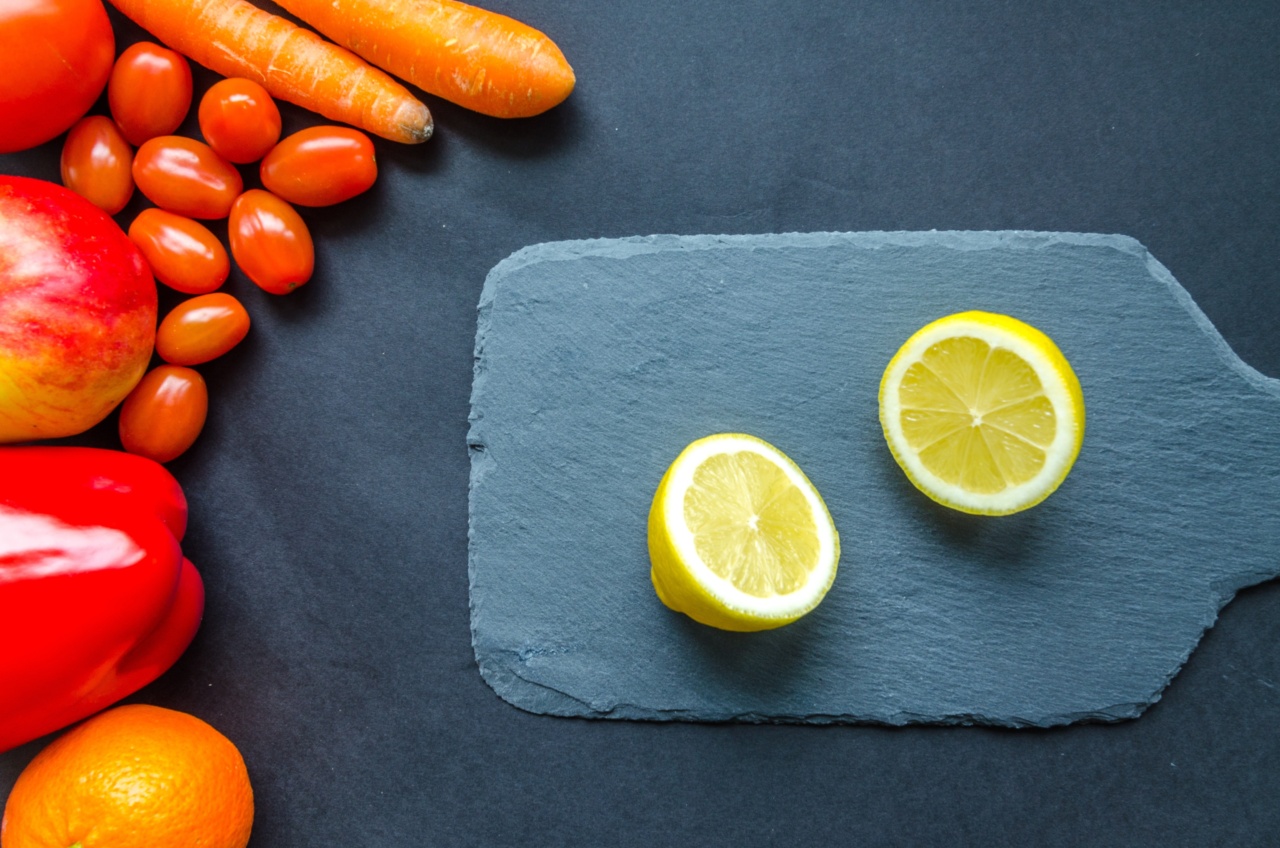Ensuring that your cat receives a balanced diet is essential for their overall health and well-being. One crucial component of their diet is calcium, which plays a vital role in maintaining strong bones and teeth.
While cats are natural carnivores and mainly obtain calcium from bones and meat, it is still essential to ensure they receive an adequate amount of calcium in their diet. Here are the top tips for adding calcium to your cat’s diet:.
1. Choose Calcium-Rich Foods
When selecting cat food, opt for products that contain high-quality sources of calcium. Look for ingredients like bone meal, fish meal, and calcium carbonate.
These ingredients are rich sources of calcium and can help ensure your cat gets the necessary amount.
2. Consider Raw Food Diets
Raw food diets can be an excellent way to provide your cat with natural sources of calcium. In the wild, cats consume bones and raw meat, which are rich in essential nutrients like calcium.
Consult with your veterinarian to ensure you are providing a balanced and safe raw food diet for your cat.
3. Add Calcium Supplements
If your cat’s diet lacks calcium or if they have specific health conditions that require additional supplementation, talk to your vet about calcium supplements.
They may recommend calcium supplements tailored for cats or advise adding supplements like crushed eggshells or calcium powder to their meals.
4. Offer Dairy Products
Dairy products like cheese and yogurt can be great sources of calcium for cats. However, it is important to note that not all cats tolerate dairy well. Some may experience digestive issues or lactose intolerance.
Introduce dairy gradually and monitor your cat for any adverse reactions.
5. Introduce Canned Fish with Bones
Canned fish, such as salmon or sardines, with edible bones can provide a natural source of calcium for your cat. The bones are soft and easily digestible, making them a safe addition to their diet.
Remember to choose fish canned in water rather than oil or sauces to avoid unnecessary additives.
6. Cooked Bones – A Cautionary Note
While bones can be a great source of calcium for cats, it is important to never feed your cat cooked bones. Cooked bones can splinter and cause internal injuries or obstructions.
Stick to raw, soft bones specifically designed for pets or consult your veterinarian for appropriate bone choices.
7. Measure and Control Portions
When adding calcium-rich foods or supplements to your cat’s diet, it’s crucial to measure and control the portions. Too much calcium can lead to hypercalcemia, a condition where there is an excessive amount of calcium in the blood.
Follow your veterinarian’s recommendations to avoid over-supplementing.
8. Regular Veterinary Check-ups
Regular veterinary check-ups are important to assess your cat’s overall health and ensure their dietary needs are being met.
If you have concerns about your cat’s calcium intake or want to confirm the right amount of calcium to add to their diet, consult your veterinarian for personalized advice.
9. Transition Slowly
If you decide to make changes to your cat’s diet to increase their calcium intake, it’s essential to transition slowly. Abrupt changes can upset their digestive system and cause stomach upset.
Gradually introduce new calcium-rich foods or supplements over several days or weeks to ensure a smooth transition.
10. Provide Fresh Water
Lastly, always provide fresh, clean water for your cat. Water intake is essential for proper calcium metabolism and overall hydration. Ensure your cat has access to fresh water at all times to support their dietary needs.





























